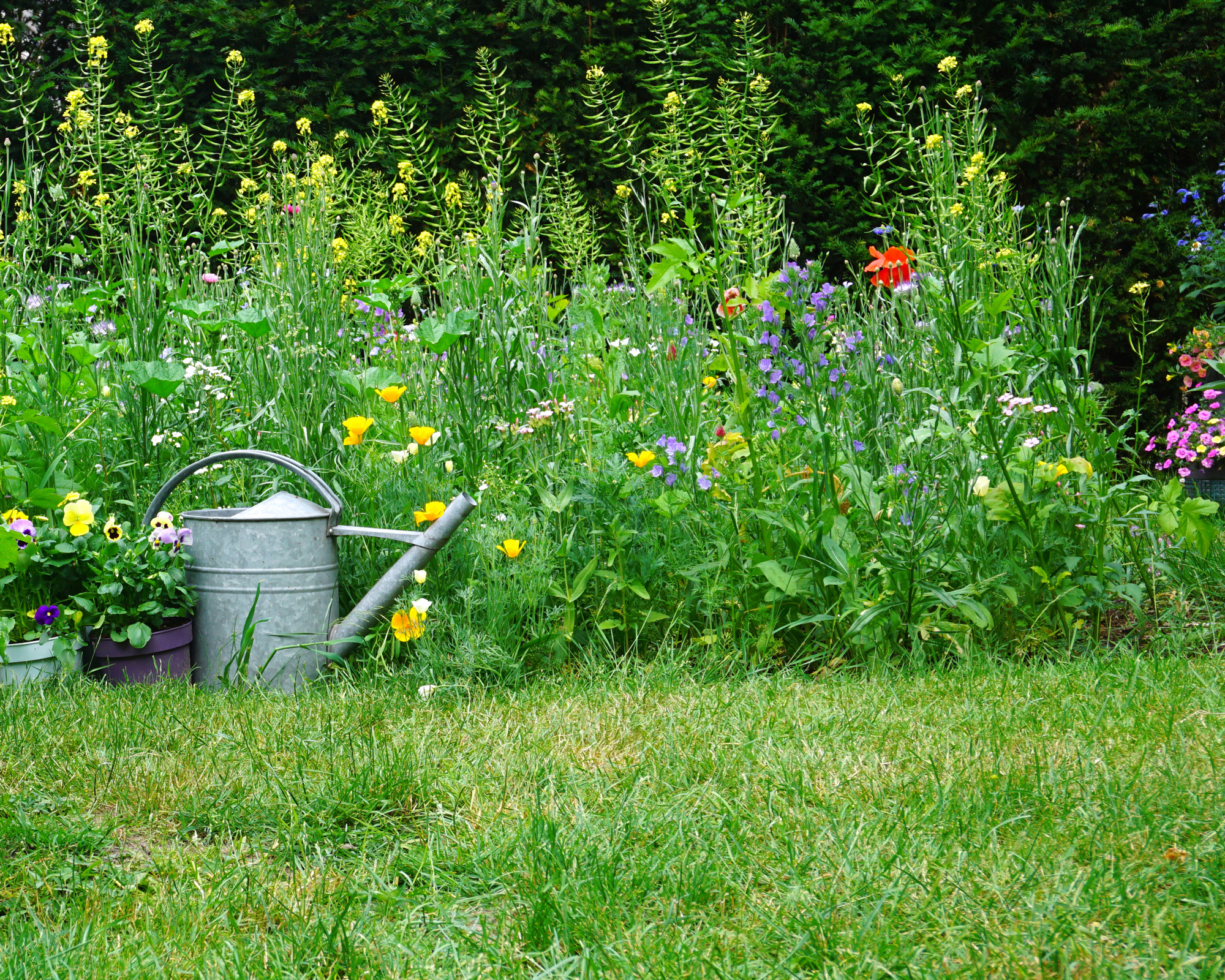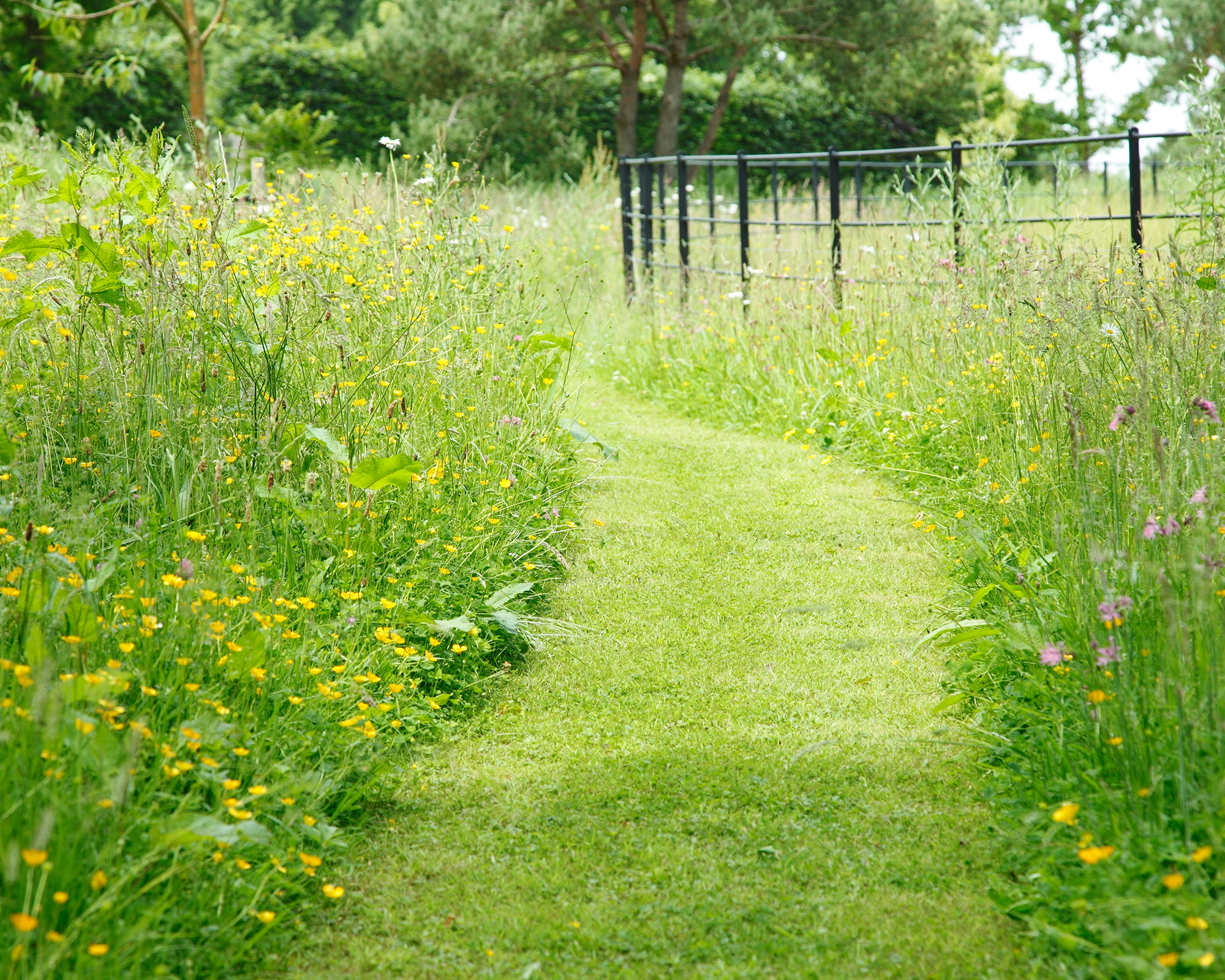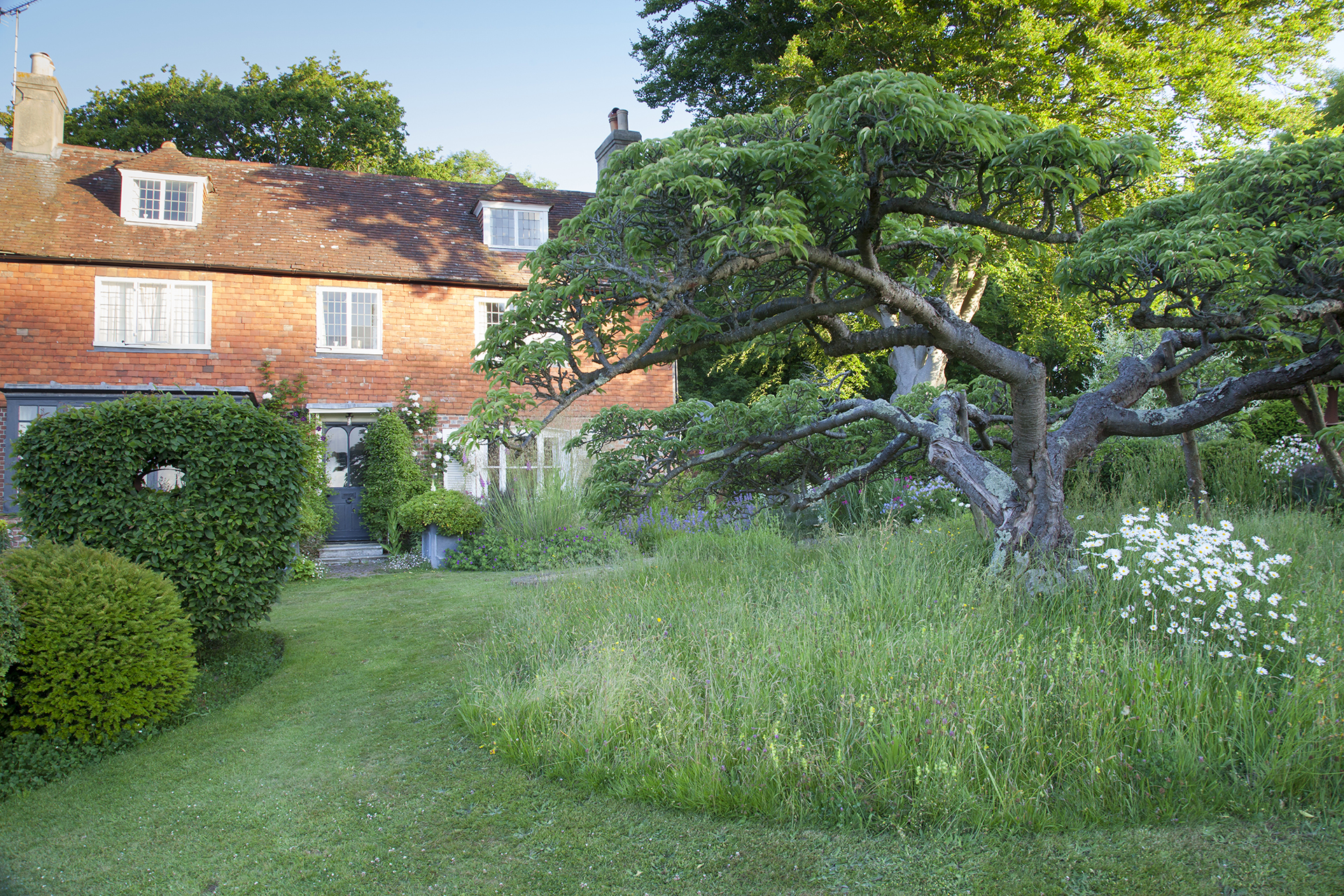Should I cut my grass short before winter? Experts advise on the ideal length according to conditions
Keep your lawn neat for the winter months with this expert cutting and mowing advice


When you expect your lawn to be covered with a blanket of snow for most of winter, it may seem sensible to cut the grass as short as possible to keep it looking neat. Even in regions where the weather is milder, it's received wisdom that we should give the lawn a final short chop before the onset of winter, then leave it untouched until spring returns.
Winter lawn care can mean that you don't stop mowing your lawn for winter, depending on the type of grass that grows in your yard and the temperature where you live. Though you shouldn't cut it shorter than 2in in winter, and even then conditions need to be right.
'The length you cut your lawn will also change throughout the year, depending on whether the grass is in growth mode or going into a dormant period,' explains Rachel Crow, garden editor at Homes & Gardens. 'In winter, you'll need to adjust the height of your lawn mower blades to get the ideal cut.'
Below, we look at how short grass should be cut before winter in detail.
Should I cut my grass short before winter?

'In the midst of fall, you should cut your grass shorter to help protect it from common diseases and damage over the cold, winter period. This can be achieved by reducing the height of your mower blade,' suggests Carlos Real, Lawn Expert and Managing Director of Total Lawn.
You should be able to adjust the height of either a ride-on lawn mower or an electric lawn mower, if you select one of the best models available to buy.
'The recommended height for your lawn is anywhere between 2 and 3 inches. Cutting it any shorter may lead to a longer recovery come springtime,' Carlos continues. This is because having the lawn too short can stress that damages the roots and leaves of the grass, making it vulnerable to pests and poor weather.
Be careful not to cut your grass too harsh a haircut, however. 'You should never cut off more than one-third of your grass height in one mow, as doing so will put it under too much stress,' Carlos says. 'If your lawn is any taller than three to four inches, it may take a couple of mows before your lawn is at the desired height.'
When should I cut my grass short for winter?

The question of when you should stop mowing your lawn for winter will depend on your local weather conditions. If you live somewhere with warmer temperatures and more daylight, you can continue to cut your grass later than you would if winter comes early, with short, dark days and lower temperatures.
'The limited amount of sunlight during autumn and winter limits grass growth, meaning your lawn will eventually become dormant and stop growing, or its growth rate will slow considerably,' explains lawn expert Carlos Real.
'Until that point, continue mowing once a week. Only once you’ve noticed your grass isn’t growing, or frost/snow covers your lawn, should you stop cutting it for winter. If the winter is particularly mild and the grass continues to grow, then carry on mowing occasionally throughout.'
Preparing to cut your grass short for winter

Before cutting the grass before winter, spend some time on maintenance. For cool season grasses – that is, those that continue to grow for longer as the temperature drops – early fall is the best time to dethatch your lawn. Find out how to dethatch your lawn to ensure you put your lawn in prime condition ahead of winter's weather extremes. This is also the time to aerate your lawn to avoid waterlogging during the rain and snow season.
'Before the extreme weather hits, a dose of seaweed should be applied to help with stress tolerance, while a cold season fertilizer can be used from December to February.'
Once the cold weather arrives, be sure to keep up your lawn care routine to ensure lush green grass once spring arrives.
Don't cut your grass short for winter in wet weather

Mowing grass when it is wet can cause 'scalping' as the mower sinks into the soft ground and cuts the lawn too short. Cutting wet grass can also make it vulnerable to pests, which will damage the look and health of your lawn over time.
Wait for a dry day, with no frost or rain, before you bring out your lawn mower. 'Choose a day when the grass is dry and the ground isn't boggy,' confirms garden designer and broadcaster, and author of The Gardener's Year, Alan Titchmarsh.
When can I start mowing my lawn again?
Unless you live in a very cold environment, or the weather is extreme and unpredictable in your region, then most experts agree that the time when you can start mowing your lawn again is around mid-February to March. In these early days of spring, the soil temperature should have risen and you should be able to find a frost-free and dry day on which to mow your lawn.
How often should you mow your lawn?
The answer to the question, 'How often should I mow my lawn?' will change as the year progresses.
In springtime, as the grass begins to regenerate and put up new shoots after winter, you will probably need to mow every two weeks. In summer, in peak season when your lawn is growing fast and is lush and green, your lawn will require a weekly mow. In fall, as growth slows, you can reduce mowing to once every two or three weeks. In winter, only mow as required.
Sign up to the Homes & Gardens newsletter
Design expertise in your inbox – from inspiring decorating ideas and beautiful celebrity homes to practical gardening advice and shopping round-ups.
Andrea has been immersed in the world of homes, interiors and lifestyle since her first job in journalism, on Ideal Home. She went from women's magazine Options to Frank. From there it was on to the launch of Red magazine, where she stayed for 10 years and became Assistant Editor. She then shifted into freelancing, and spent 14 years writing for everyone from The Telegraph to The Sunday Times, Livingetc, Stylist and Woman & Home. She was then offered the job as Editor on Country Homes & Interiors, and now combines that role with writing for sister title homesandgardens.com.
-
 7 of the best tomatoes for growing in pots - expert growers pick their top varieties ideal for large harvests from containers
7 of the best tomatoes for growing in pots - expert growers pick their top varieties ideal for large harvests from containersYou can enjoy bumper homegrown harvests in small spaces
By Drew Swainston Published
-
 Drew Barrymore creates a 'balanced' kitchen in 4 easy steps – her rules will make your small, compact countertops feel beautiful
Drew Barrymore creates a 'balanced' kitchen in 4 easy steps – her rules will make your small, compact countertops feel beautifulDrew proves that with the right styling (and chic appliances), you can make even the smallest of kitchens look harmonious
By Hannah Ziegler Published